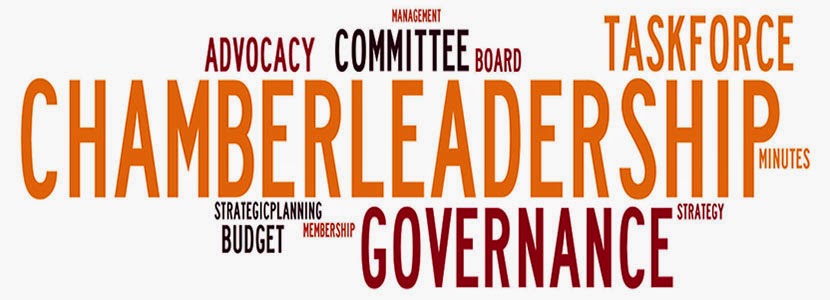To give you some background, I was training groups of 30 phone bank staff on a legislative issue and teaching them how grassroots works on Capitol Hill. These trainings were happening on a daily or weekly basis.
We were running “patch through” or phone campaigns for Fortune 500 clients and following up with email confirmations.
I've taken this tip and instilled it in many presentations I’ve given over the last 20+ years since my days in the grassroots business.
It’s amazing!
The following training tip keeps you focused while at the save time laying out the goals and expectations you have for the attendees, on the subject manner at hand and succinctly tells them what you want them to know before they leave the session.
It’s very simple:
- Utility – explain the overall project.
- Product – explain how each fit into the plan of action.
- Process – go over the agenda for the day.
- Objective – set the expectation of what you want them to know.
- Proof of Ability – explain past successes and this project is no different.
- Review – go over the process and objective again.
Attached please find a template you can use, just fill in your content. Do yourself a favor and start using this technique today.
Good Luck!
Sample template of a UPPOPR.


